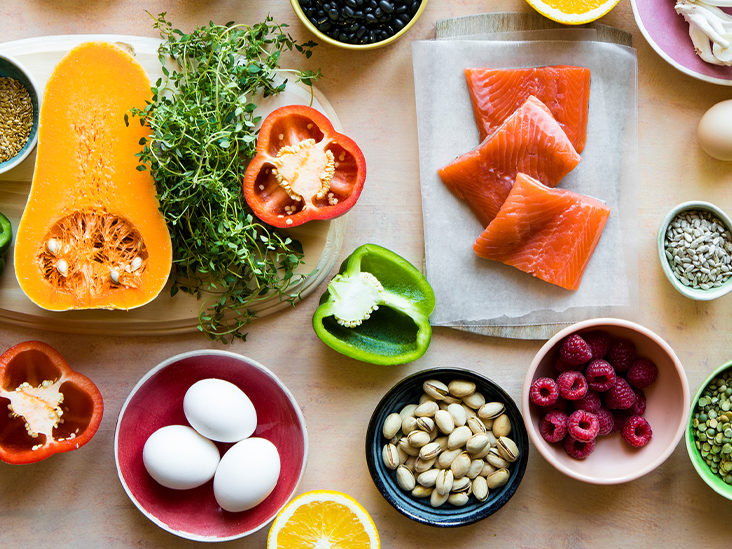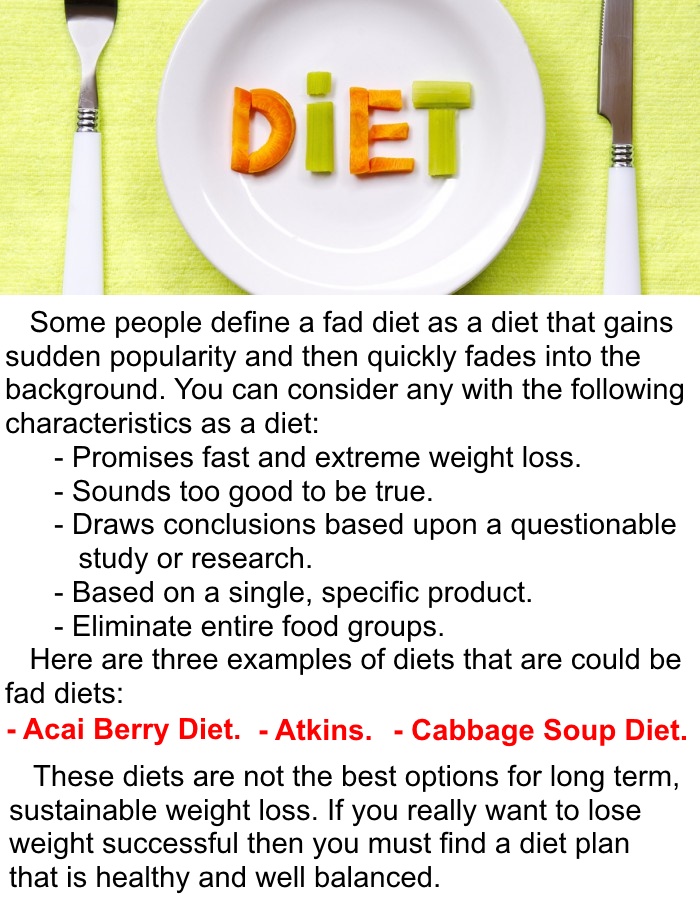
The American Heart Association has many tips for maintaining a healthy heart. The American Heart Association website provides a wealth of information including health quizzes, personalized action plans, and more. There are many healthy recipes and cookbooks available, such Healthy Family Meals as well as Soul Food Recipes. The Association's bookstore also has a low-fat and low-cholesterol cookbook. It is worth considering the guidelines when trying to lose weight.
Avoiding high-protein diets

High-protein diets can be beneficial to overweight individuals, but they can also be harmful to the heart. Saturated fats are a common problem in animal protein. They can also increase bad cholesterol. Besides raising your cholesterol, these fats promote inflammation. It is better for your heart to eat more plant protein. It makes the world a more healthy place.
Avoid starchy veggies
The American Heart Association recommends limiting saturated fats, and increasing your intake mono- and polyunsaturated. Saturated oils are found in meats, poultry and dairy products. They can also increase "bad" cholesterol. They increase the risk for atherosclerosis. Increase your consumption of plant-based fats like nuts, seeds and whole grains to lower your risk of developing atherosclerosis.
Sugary drinks should be avoided
Sugary drinks, such as soda and juice, are one of your best options to reduce added sugar. The American Heart Association suggests that you carefully read nutrition labels before purchasing anything. Don't drink the entire bottle. Always check the serving size. Get plenty of water, fruit juices, and other beverages. Instead of drinking soda, try a fruit shake.
Choosing whole-grain foods

Growing research is proving the health benefits that whole grains can bring to your body. A diet high in whole grains can lower your chances of getting heart disease, stroke and cancer. Additionally, reducing your intake of refined grains can help lower blood sugar, improve cholesterol levels, reduce your risk for obesity, and help you to lose weight. You should eat foods high in fiber, low in sodium, if you are following the American Heart Association Diet.
Limiting saturated fats
According to the American Heart Association, reducing saturated fat intake is a key factor in heart disease prevention. Saturated fats are a type of fat found in animal products, and the government recommends that you limit your intake to five to six grams per day. This represents about one-third to three percent of your daily calories. This amount equates roughly to 11-17 grams of saturated oil. Experts disagree and say that these fats should not be consumed in order to maintain a healthy diet.
FAQ
What can I eat in the morning while intermittently fasting
Water should be consumed first thing in the AM. It helps you feel full faster and gives you energy throughout the day. You can add lemon juice or cucumber slices to enhance the flavor.
How do I create an exercise routine?
First, create a routine. You need to know what you will do each day and how long you will spend doing it. This will help you plan ahead and prevent procrastination.
You should also ensure you have plenty to choose from when working out. Avoid becoming bored with exercise. If you do, it will be difficult to keep going.
You should also keep track of how you are progressing. It is crucial to track how much weight has been lost or gained.
It's easy for people to lose motivation when they start by losing weight. You may find it difficult to stay motivated if your weight increases.
So, try to find a balance between gaining weight and losing weight. If you are unhappy with your current situation, you will be less inclined to exercise.
Are there any side effects to intermittent fasting
Intermittent fasting doesn't have any known side effect. If you don't plan well, you may experience minor issues.
For instance, if breakfast is skipped, you might feel uneasy all day. Also, you might experience dizziness, headaches, fatigue, muscle cramps, and dizziness.
These symptoms typically disappear in a matter of days.
What Can You Lose in One Week?
Your body fat percentage determines how much weight you are able to lose. You need to determine how much weight loss you are looking for. Your BMI tells us how much weight you should lose in order to achieve this goal. If your BMI is 25 or greater, you're overweight. If your BMI is more than 30, you are obese.
For example, let's say you have a BMI of 28.7 and are 200 pounds. To reach a healthy weight, you would need to lose 70 pounds. To see if you're overweight, visit www.healthyminds.com/bmi/.
This formula can be used to calculate how many pounds you will lose each week once you have determined your BMI.
(Your Goal Weight - Current Weight)/BMI * 7 Number Of Pounds Lost Per Week
You would need to do 2 weeks of exercise to lose 50 lbs in one month. This is equal to 56 days. Divide that by 7 pounds per week. This works out at 8.3 pounds per week.
You could also try this calculator from www.weightlosscalculator.net. It will provide an approximate amount of calories that you would need daily to lose one pound per month.
What should I eat when I fast intermittently to lose weight
Cut out carbs to lose weight. That means cutting out bread, pasta, rice, potatoes, and other carbohydrate-based food.
You'll also want to avoid eating too much protein because it keeps you full longer. You won't feel as hungry.
Focus instead on healthy fats such as avocado, olive oil, nuts, seeds, and peanut butter. These foods can keep you satisfied for hours after they are eaten.
It's vital that you get enough water. Water is important for your body's ability to stay hydrated and helps you burn more fat.
Sometimes you may feel compelled to eat these foods even if you're not fasting. However, you don't have the right to succumb to these cravings. If you do this, you might gain more weight that you have lost.
In order to prevent eating too much, limit the amount you eat during the day. You can sip water instead of reaching out for another snack when hunger strikes.
It may sound counterintuitive but this has been shown to help you lose weight. In a study published by Obesity, it was found that people consumed less calories if they drank plain water instead of sugary drinks.
Consuming water plainly also helped to decrease hunger. So if you really want to lose weight, skip the sweetened beverages and stick to water.
If you want to lose weight, you don't need to count every calorie or deprive yourself of certain foods. Instead, focus on making small changes to your lifestyle.
For example, you can start by swapping your usual breakfast sandwich for a bowl of oatmeal. Try swapping your afternoon cookie to a piece or fruit.
These simple changes will help you shed weight quickly and without spending a lot of time in the kitchen.
Statistics
- Another study found that 24 weeks of weight training led to a 9% increase in metabolic rate among men, which equated to burning approximately 140 more calories per day. (healthline.com)
- Among women, the increase in metabolic rate was nearly 4%, or 50 more calories per day (14Trusted Source (healthline.com)
- According to Harvard Health, it's estimated that a 155-pound (70-kg) person burns roughly 112 calories per 30 minutes of weight training (5). (healthline.com)
- According to a study sponsored by the American Council on Exercise, a person weighing around 140 pounds (64 kg) would burn 108 calories at a 30-minute beginner's Pilates class or 168 calories at an advanced class of the same duration (26). (healthline.com)
External Links
How To
How to exercise for weight loss
Exercise is one of the best ways to lose weight. However, many people do not know how to exercise correctly. Exercise should include cardio exercises such as running, cycling, swimming, walking, etc., and strength training exercises such as lifting weights, making pushups, pull-ups, squats, lunges, etc. Combining both of these exercises will help you lose weight the most. You can start exercising by getting some friends involved. You can exercise at a gym or simply walk around the block. Whatever type of activity you choose, make sure that you stick with it consistently. It's easy for things to go wrong when you start exercising. Keep going.